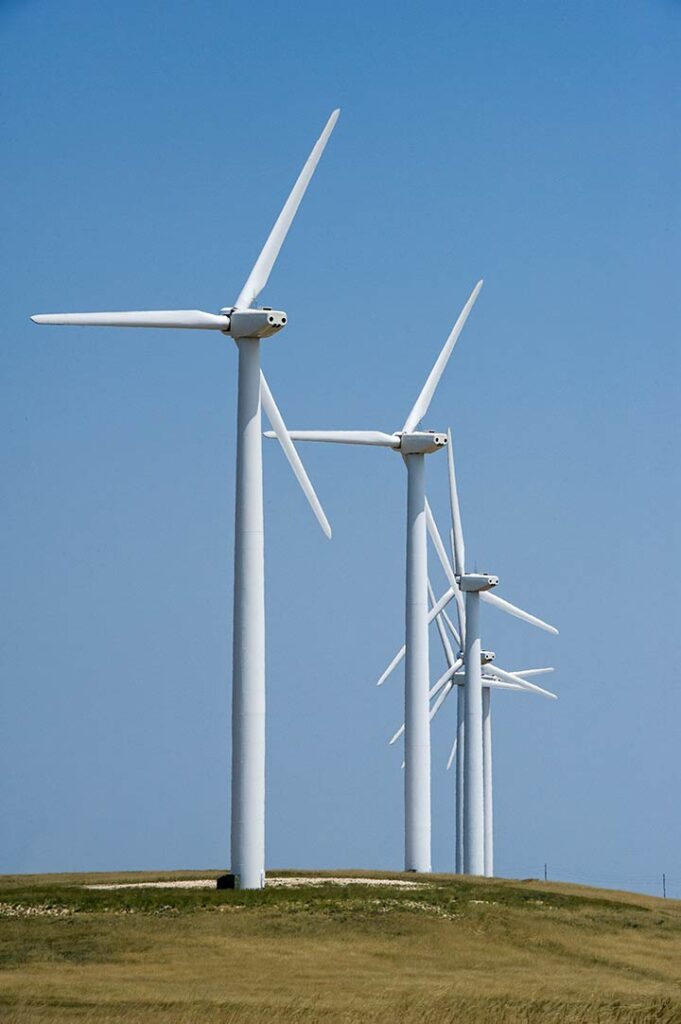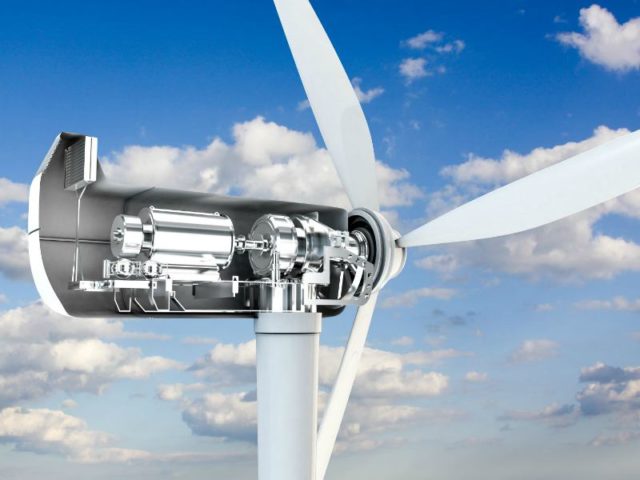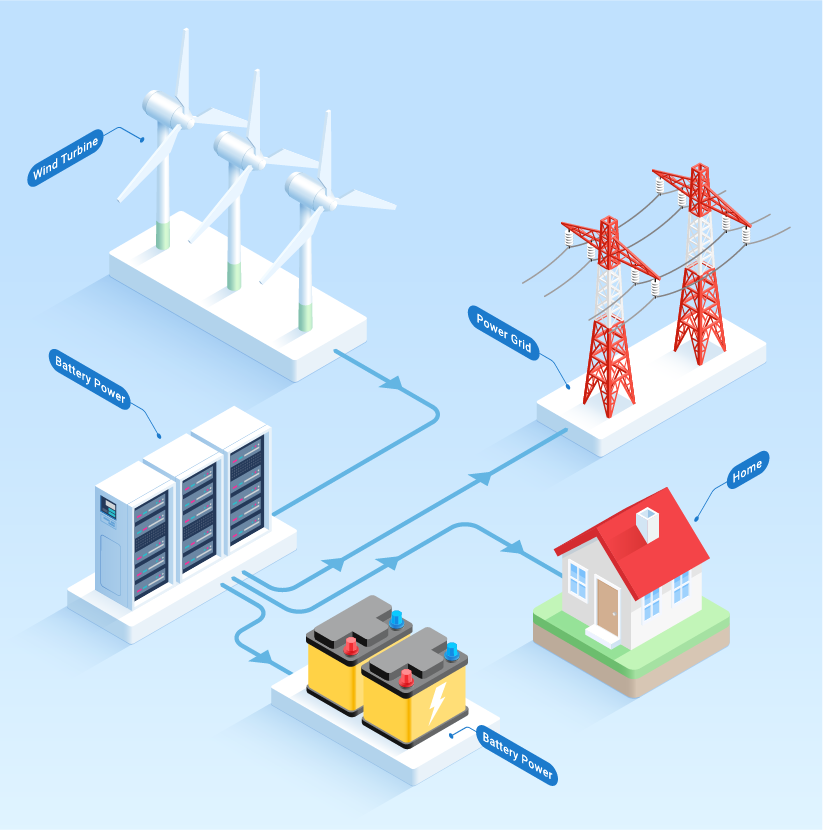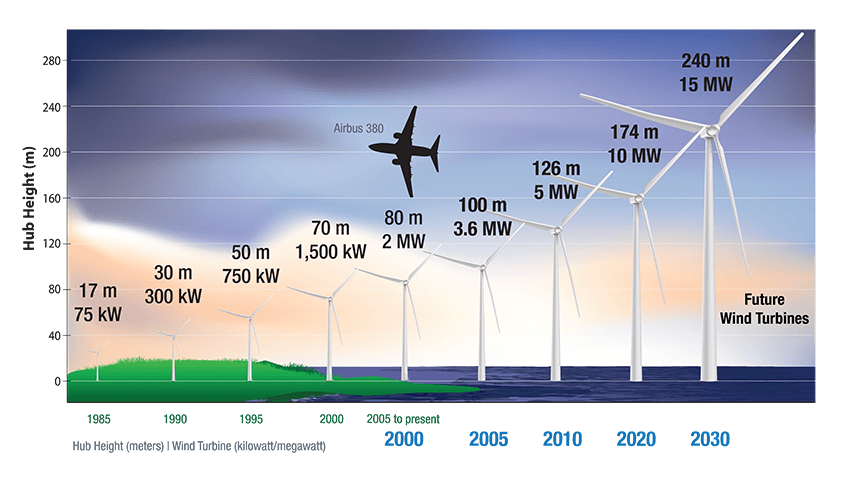Wind Turbines
Wind energy is nothing new.
People have been using it since ancient times.
Ancient mariners used sails to capture the wind and ensure a comfortable transportation vehicle. Farmers used to use windmills to grind grain and pump water. Today, in turn, increasing numbers of people are using wind turbines, the number of which has been increasing by more than 25% per year. Still, despite the increasing use of wind energy, it still represents a small part of the energy resources that are extracted in the world.
Most wind energy comes from turbines that can be at the height of a 20-story building, with vanes that are 60 metres long. The turbines look like enormous aeroplane propellers stuck on a stick. The wind turns the vanes that, in turn, turn the shaft that is connected to the generator that produces electricity. Wind turbines with other structures use the same principle, only the way in which the wind is captured being different.


There are four main parts to a wind turbine: the foundation, the tower, the nacelle, and the rotor.
The foundation holds up the wind turbine and the tower connects everything. It’s connected to the nacelle and rotor and is used to climb to the top of the tower. Some towers have elevators, but mostly they just have a ladder to access the internal structure.
Improvements in the production of wind turbines over the past few years have increased the capacity of a generator of the same size by up to 30 percent
Typical Wind Turbine setup

There can be various sizes of turbines, but all wind turbines provide benefits.
Larger turbines can produce enough electricity for 600 private homes. Wind parks have dozens or even hundreds of turbines. They are sited at particularly windy places such as lowlands or the tops of mountains, where the wind speed can be higher. Even a small wind turbine in the yard of a private home can be beneficial, with just one turbine being enough to supply the house with electricity.
True, there are people who believe that wind turbines are ugly and create unpleasant noises. Slowly rotating vanes sometimes kill birds and bats, but far less often than is the case with automobiles, high-voltage power lines and tall buildings. It is also true that wind speeds change. During windless conditions, the propellers do not rotate, and so the effects of wind generators are not unchanging.
Once a turbine is installed, its usage cost is close to zero. Wind is a clean and renewable energy resource, and it does not cause air or water pollution. Because the wind is free, the use of an installed turbine costs virtually nothing. Mass manufacturing and the development of technologies mean that turbines are ever cheaper, and many countries offer tax relief to encourage the development of wind energy.

Every project is Unique
At MP Industries, we strongly believe that every project is unique and should be treated as such. There are many ‘out of the box’ solutions but these don’t always fully suit the application. Our approach is different.
Get in touch with our team to discuss your requirements and begin the journey to your tailor-made solution.
Contact Us
Get in touch to discuss your requirements with our always helpful and friendly team.
